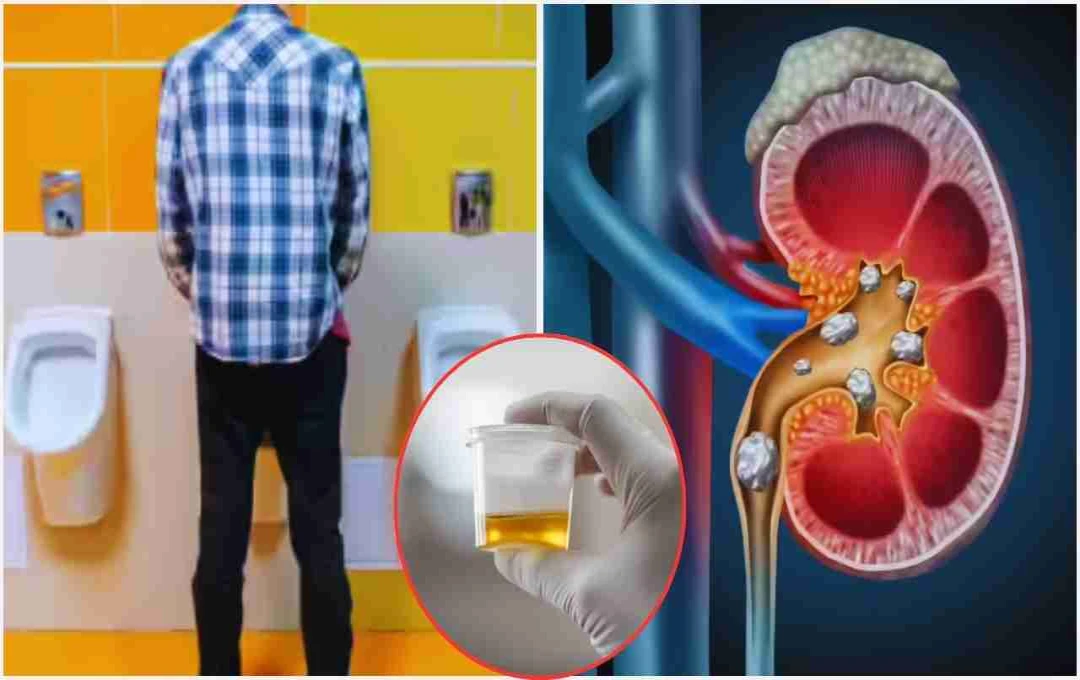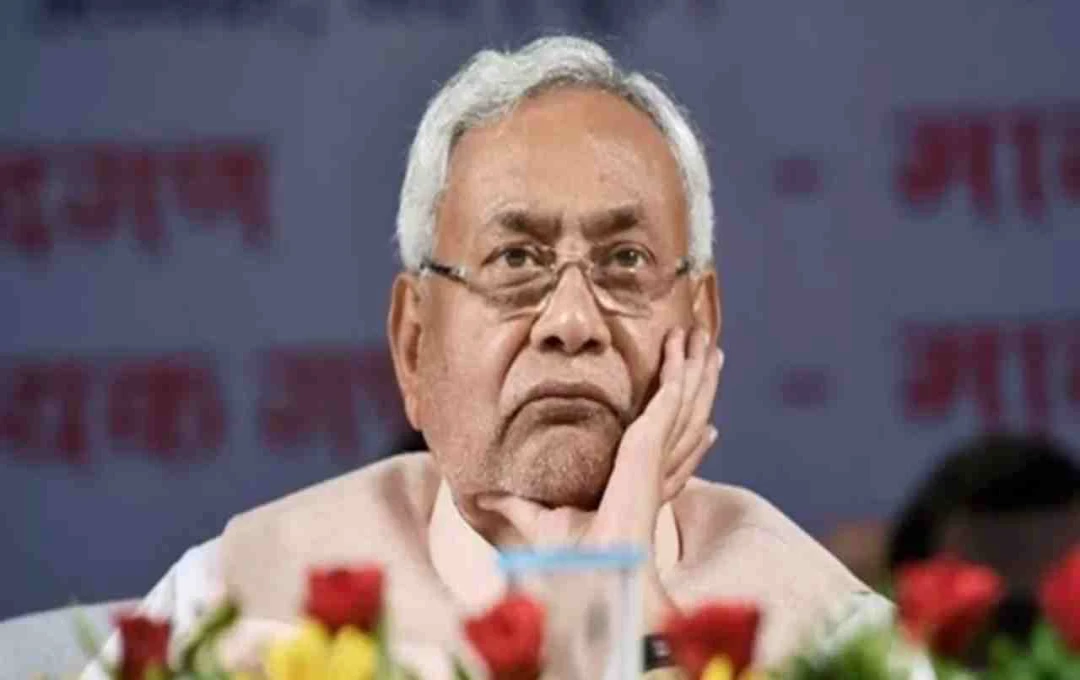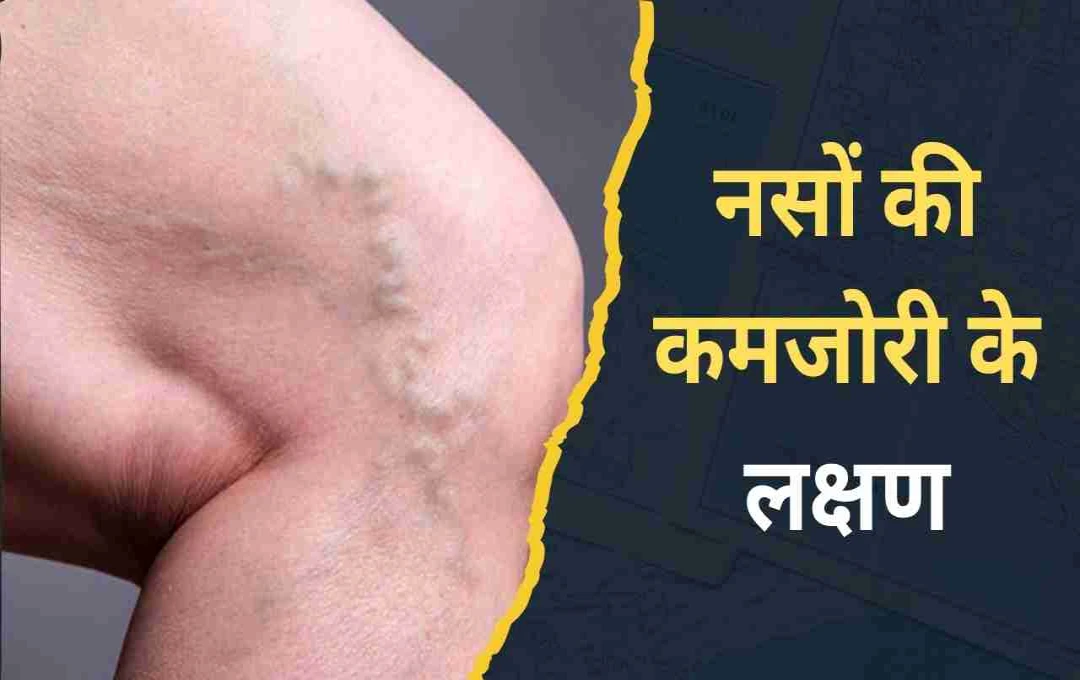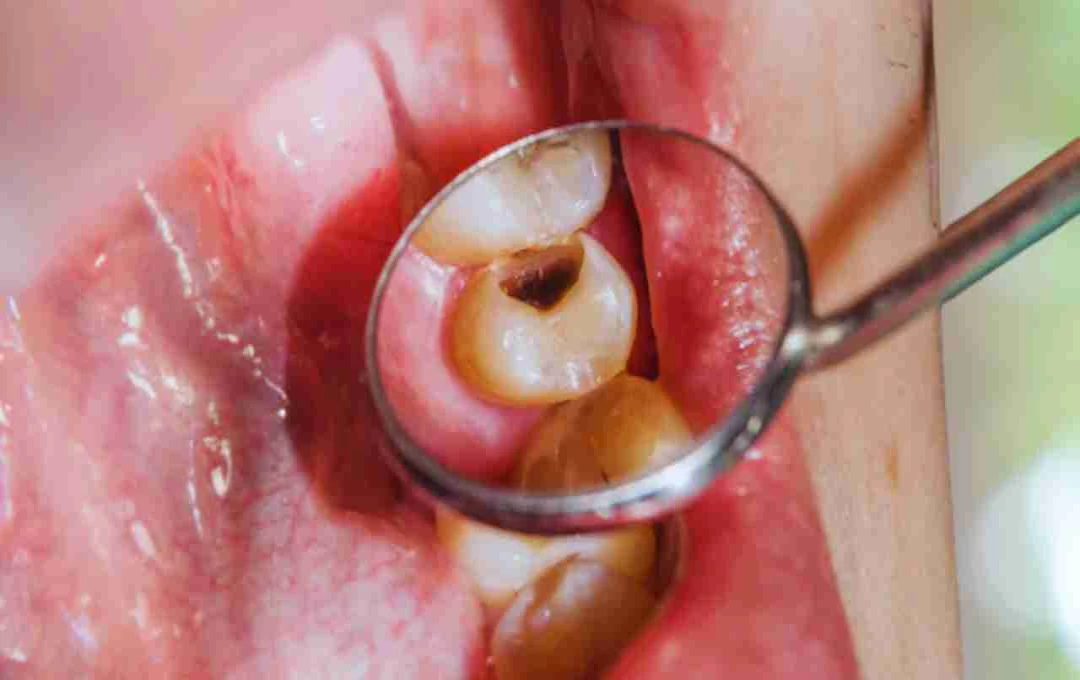If you've recently felt difficulty urinating, a weaker urine stream, frequent trips to the toilet, or the bladder not emptying completely—be alert. These signs could be a warning of a significant change occurring within your body, known as Benign Prostatic Hyperplasia (BPH), or an enlarged prostate gland.
Why does the urine stream weaken?
Men have a small gland in their body—the prostate. It's located just below the bladder and surrounds the urethra. As one ages, this gland gradually begins to enlarge, putting pressure on the urethra and slowing down the flow of urine. This condition is called BPH.
How to recognize the warning signs?
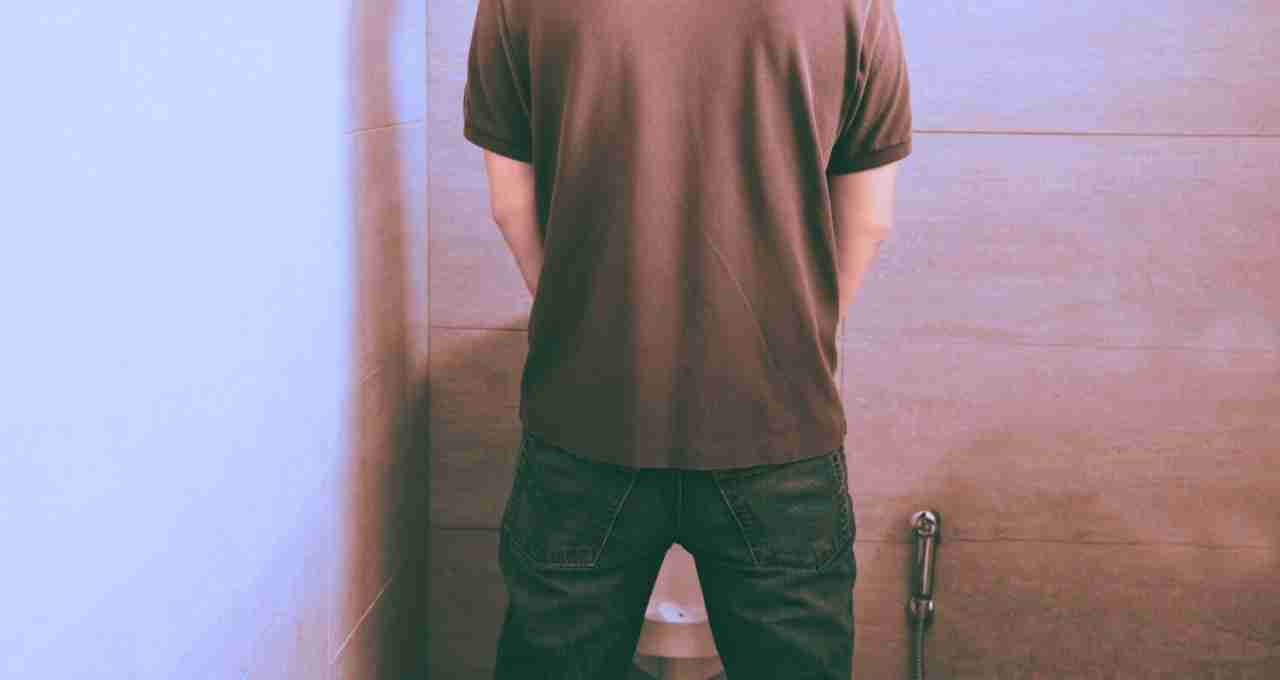
According to doctors, along with a weaker urine stream, these symptoms may also appear:
- Delay or difficulty in starting urination
- Feeling of incomplete emptying after urination
- Frequent urge to urinate, especially at night
- Dribbling of urine
- Intermittent urination
All these signs indicate that the prostate gland is growing and constricting the urethra.
How many people are affected?
In India, this problem is becoming common in men after the age of 45. According to a medical survey, up to 14% of men in the country have been found to have an enlarged prostate gland. Moreover, more than 85% of men suffer from frequent nighttime urination (nocturia) but do not go to the doctor for treatment. This negligence can lead them to kidney failure in the future.
What can happen if the urine flow is blocked?
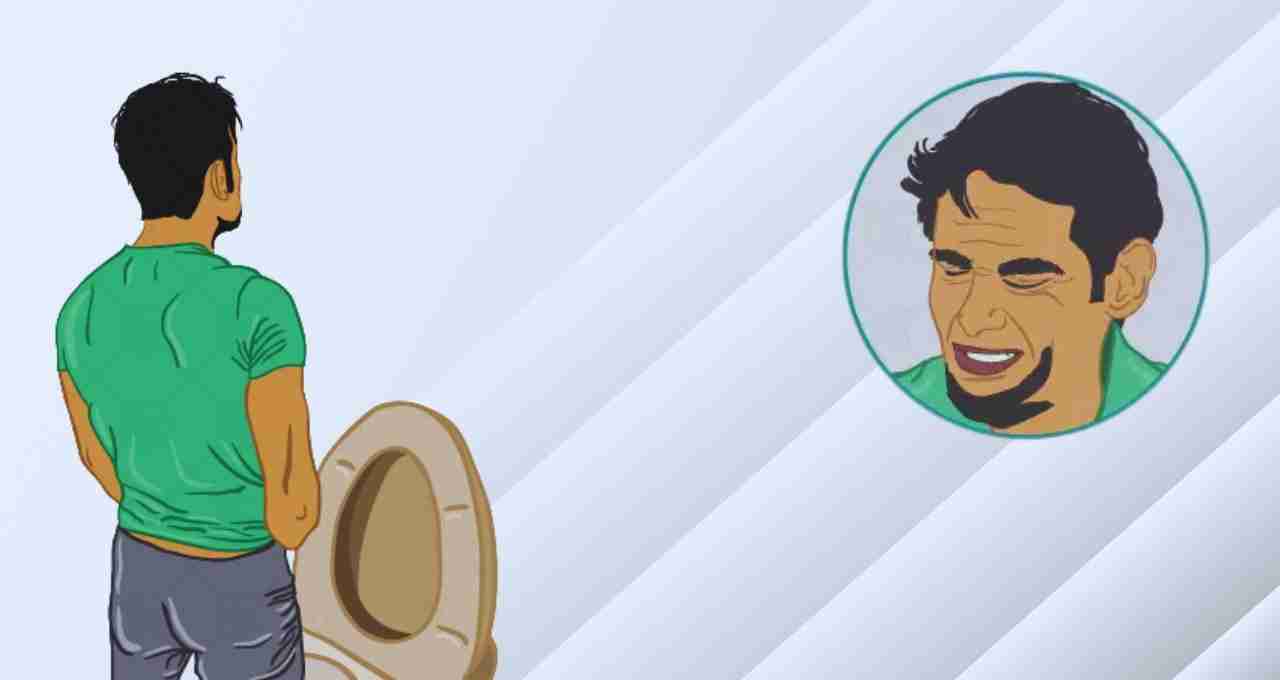
If you ignore the problem of a weak urine stream, it can turn into several complex diseases:
- Urinary Tract Infection (UTI)
- Urinary Retention
- Pressure on the kidneys and kidney malfunction (Hydronephrosis)
- Kidney failure
- Formation of stones
Some of these diseases can be life-threatening if not treated in time.
How do doctors perform tests?
To confirm BPH, doctors perform the following tests:
- IPSS Scoring Test – To assess the severity of urinary symptoms.
- Digital Rectal Examination (DRE) – To examine the size and condition of the prostate.
- Ultrasound and Urine Test – To check the function of the bladder and prostate.
- PSA Test – To rule out the possibility of prostate cancer.
4 Effective Ways to Improve Urine Flow
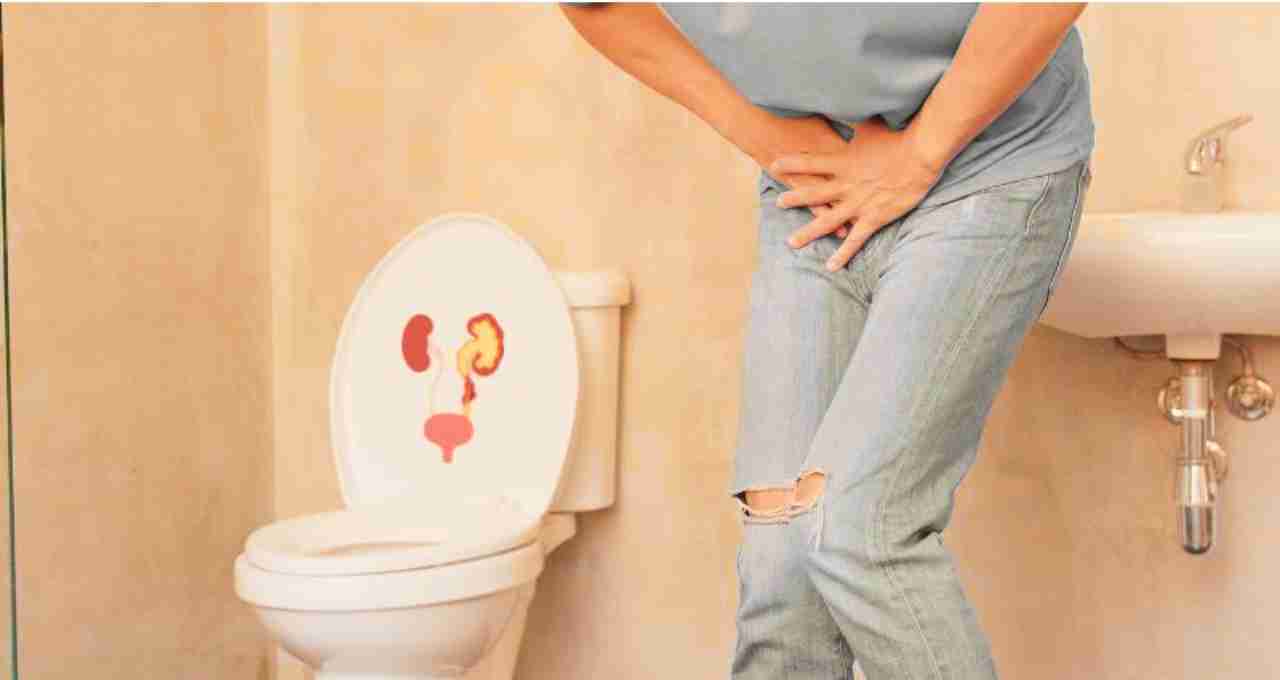
1. Lifestyle Improvements
- Do not consume water, tea, coffee, or alcohol before going to bed at night.
- Consume a high-fiber diet to prevent constipation, as it can put pressure on the prostate.
- Do 30 minutes of walking or yoga daily.
- Do not hold your urine, go to the toilet on time.
2. Medication
Doctors prescribe medications to relax the muscles of the prostate or reduce the size of the prostate. These improve urine flow and improve nighttime sleep.
3. Minimal Invasive Procedures
If medications do not provide relief, the doctor offers non-surgical options like TUMT, UroLift, or TUNA. In these procedures, the urethra is opened to improve urine flow.
4. Surgery
In more severe cases, doctors recommend surgeries like TURP (Transurethral Resection of Prostate) or HoLEP, which are now considered very safe and effective.
When to see a doctor?
If you are constantly experiencing any of the following symptoms:
- Urine stream has become very thin
- You feel incomplete emptying after urination
- You need to go to the toilet frequently
If these urinary problems persist, do not ignore them. This could be a sign of an enlarged prostate gland, which can lead to serious diseases. Seeking timely check-ups and treatment from a doctor is a necessary step for your health.
